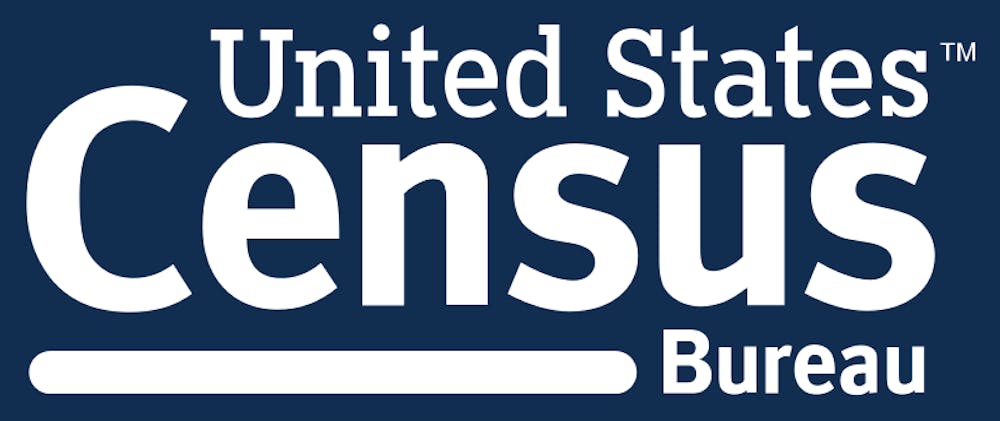The Student Government Association (SGA)’s Village Relations Committee is working with the village of South Orange on outreach to ensure accurate representation of students in the 2020 Census.

Village Relations representatives will be tabling in the University Center to discuss how students, particularly those who live off-campus, can ensure they are counted in the national census.
The census, which is used by the federal government to apportion representation to states in Congress, happens every ten years. The United States Census Bureau has conducted the count in all fifty states, five territories and Washington, D.C.
This leaves many students uncertain about where they should be counted, explained Chase Cohen, vice chair of Village Relations, who is leading the initiative.
“Our goal is to make sure that everyone on campus is aware that the census will be occurring and to ensure that they are prepared to fill out the census materials correctly,” Cohen said. “Outreach will be conducted by my team of Census Student Ambassadors who will be assisting with tabling.”
“If you live on campus, including in Ora and Turrell, census officials come to campus and work with Housing and Residence Life to get a correct count,” Cohen said. “However, in the Village HRL is not there to provide assistance. Students often do not fill out the census because they feel that they do not technically reside in South Orange, because they only live here during the school year.”
While students may not be official residents of South Orange, they are required to be counted, as the census is intended to count where people are living on April 1, 2020.
There are many other reasons that students living in off-campus housing may fail to properly fill out census forms.
“Many students often fail to fill out the form correctly, forget to fill out the form, or lie on the form because they fear retribution from their landlord,” Cohen said.
The Census Outreach initiative hopes to ensure students that there is no risk associated with filling out the census.
“We want to make sure that all students fill out the form correctly and know that their information will not be shared with anyone,” Cohen said. “Census workers are required to take an oath and are not allowed to share the information with any other government officials or agencies. They can get in a lot of trouble if they do so.”
Cohen is leading a group of students who will work with the Village of South Orange’s Board of Trustees and South Orange’s Complete Count Committee to ensure that students are counted adequately.
Many students are aware of the census, particularly after controversy occurred last year, when the Trump administration attempted to add a question about citizenship status to the forms.
“I was alive during the last census, but I don’t remember it,” freshman diplomacy and international relations major Meg Gawron said. “I’m aware of what it is primarily because I remember when Donald Trump attempted to add the citizenship question to the census. That really had me expand my knowledge as to what the census is. I think the census is critical for America as it’s going to really determine our redistricting.”
Emily Feazel, a sophomore visual and sound media major, also understood the importance of the census.
“The Census is important because it gives an idea of the amount of people that live in a certain place so that we can approximate a number of federal and local resources that a place needs for housing costs, whether that be creating new government housing or more funding for school lunches,” Feazel said.
Households in South Orange and other communities can expect to receive their census forms, and should fill out their forms as residents of their respective municipalities.
The first census occurred in 1790. The count is mandated by the Constitution and conducted by the U.S. Census Bureau, a nonpartisan government agency, according to the bureau’s website.
Daniel O’Connor can be reached at daniel.oconnor@student.shu.edu.





